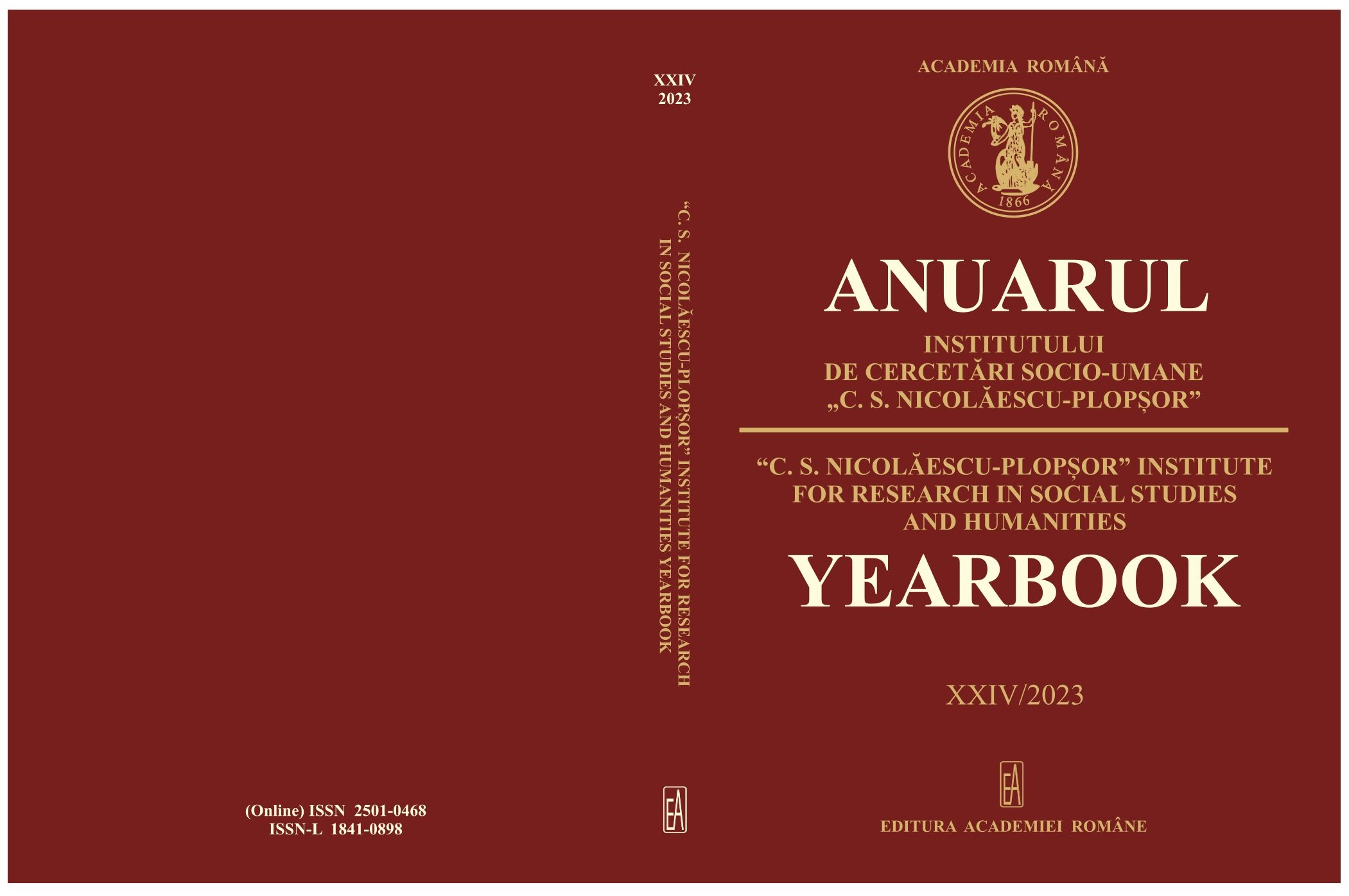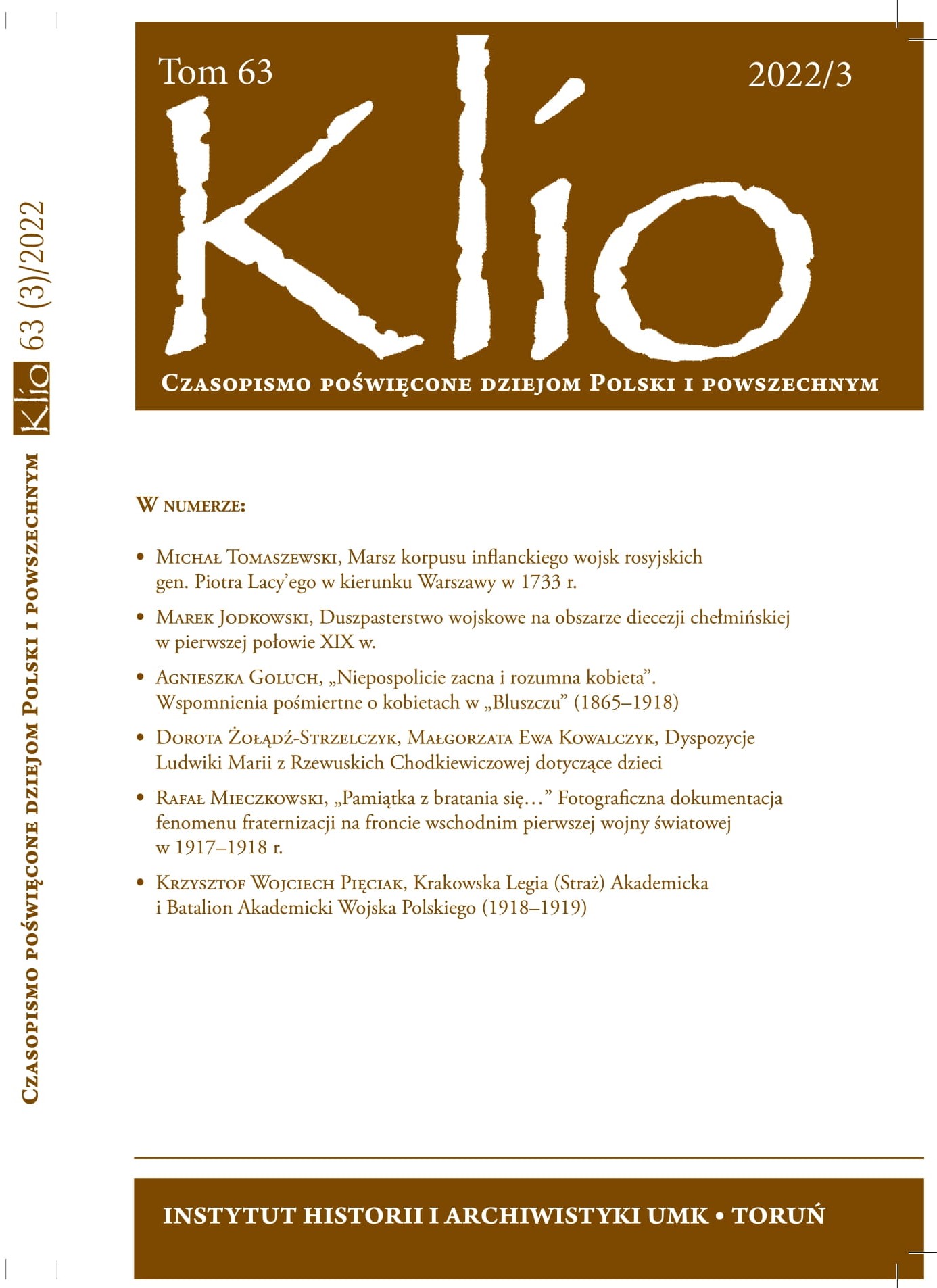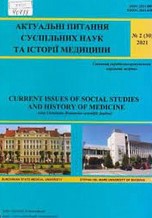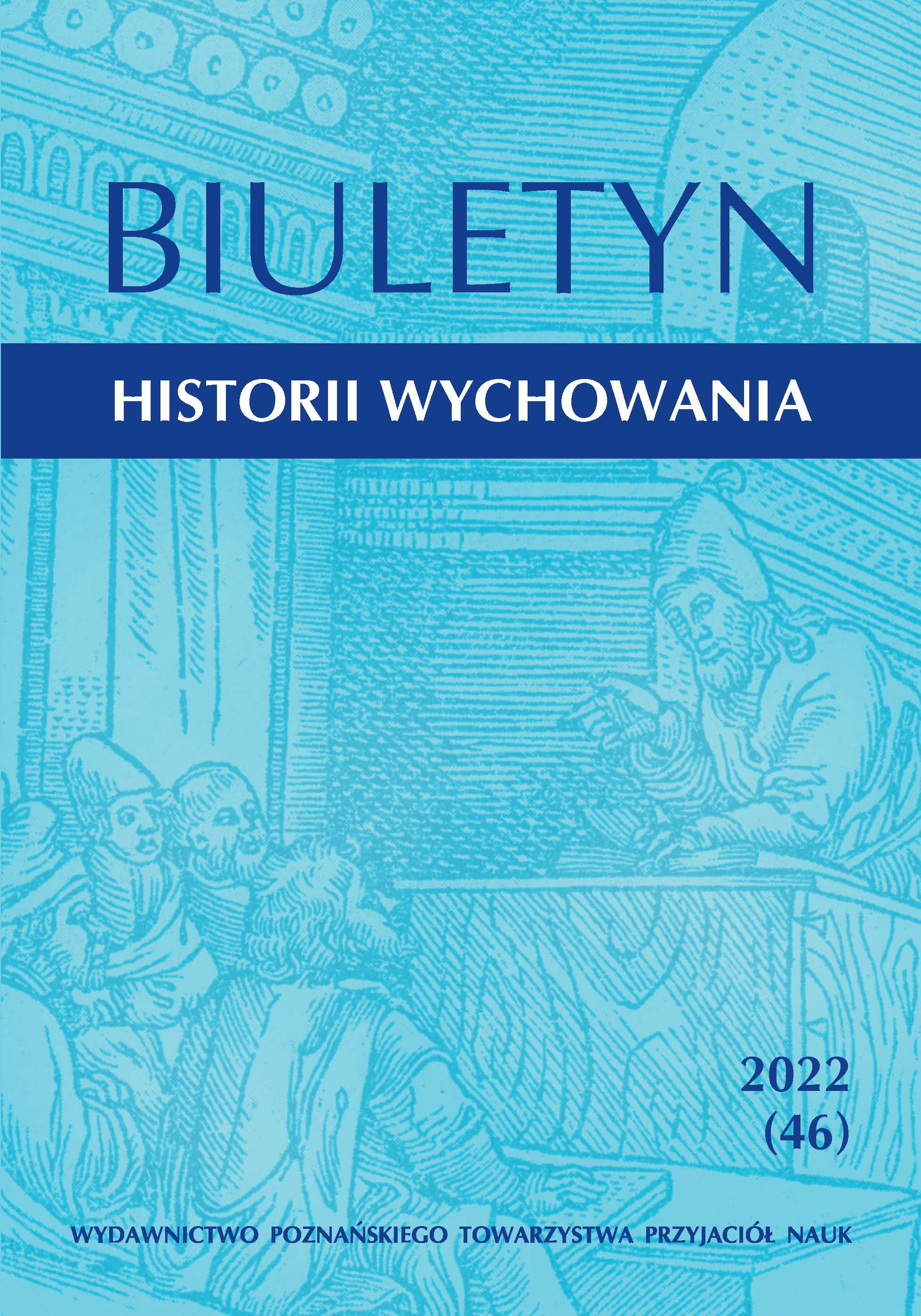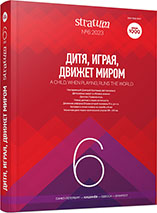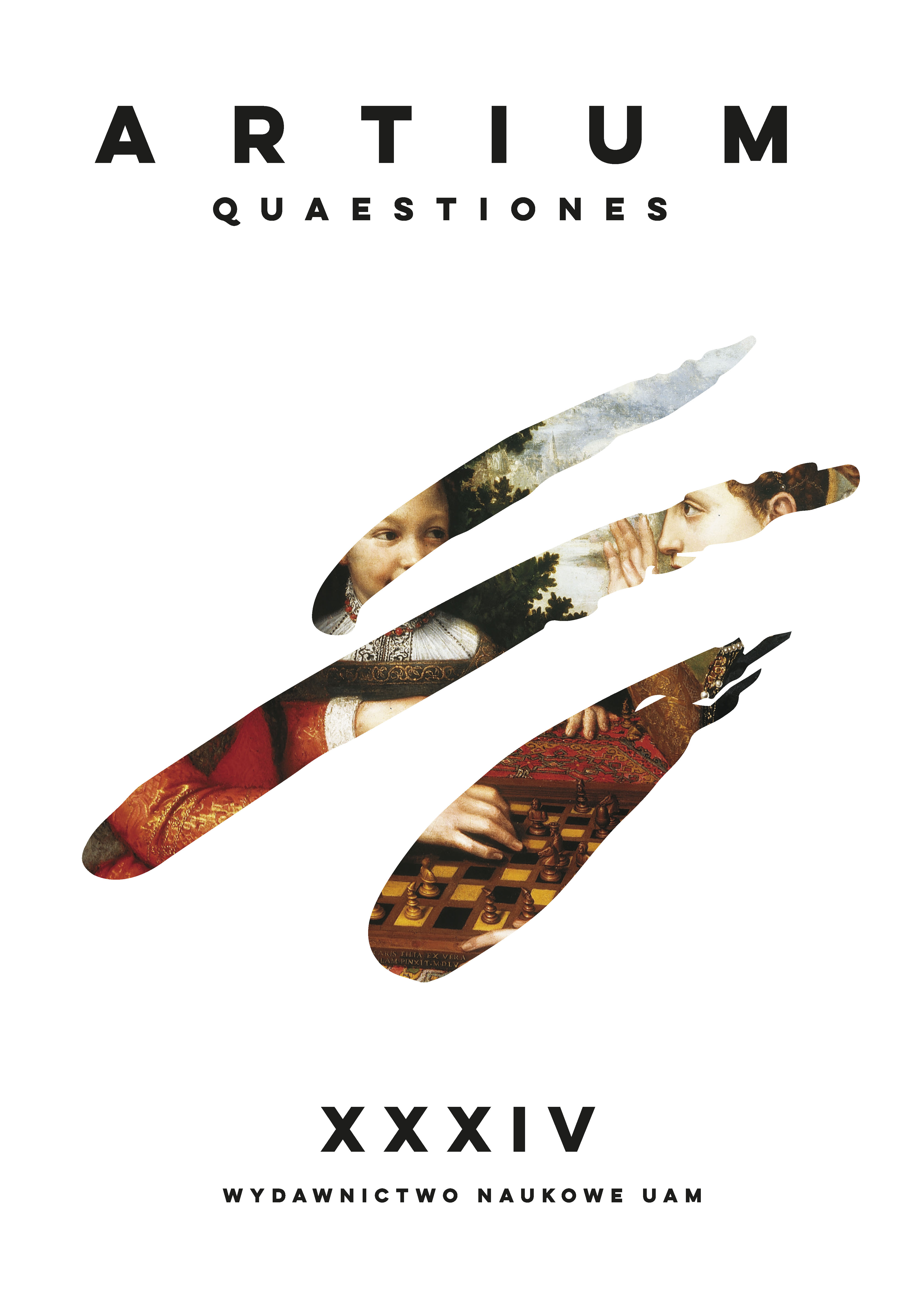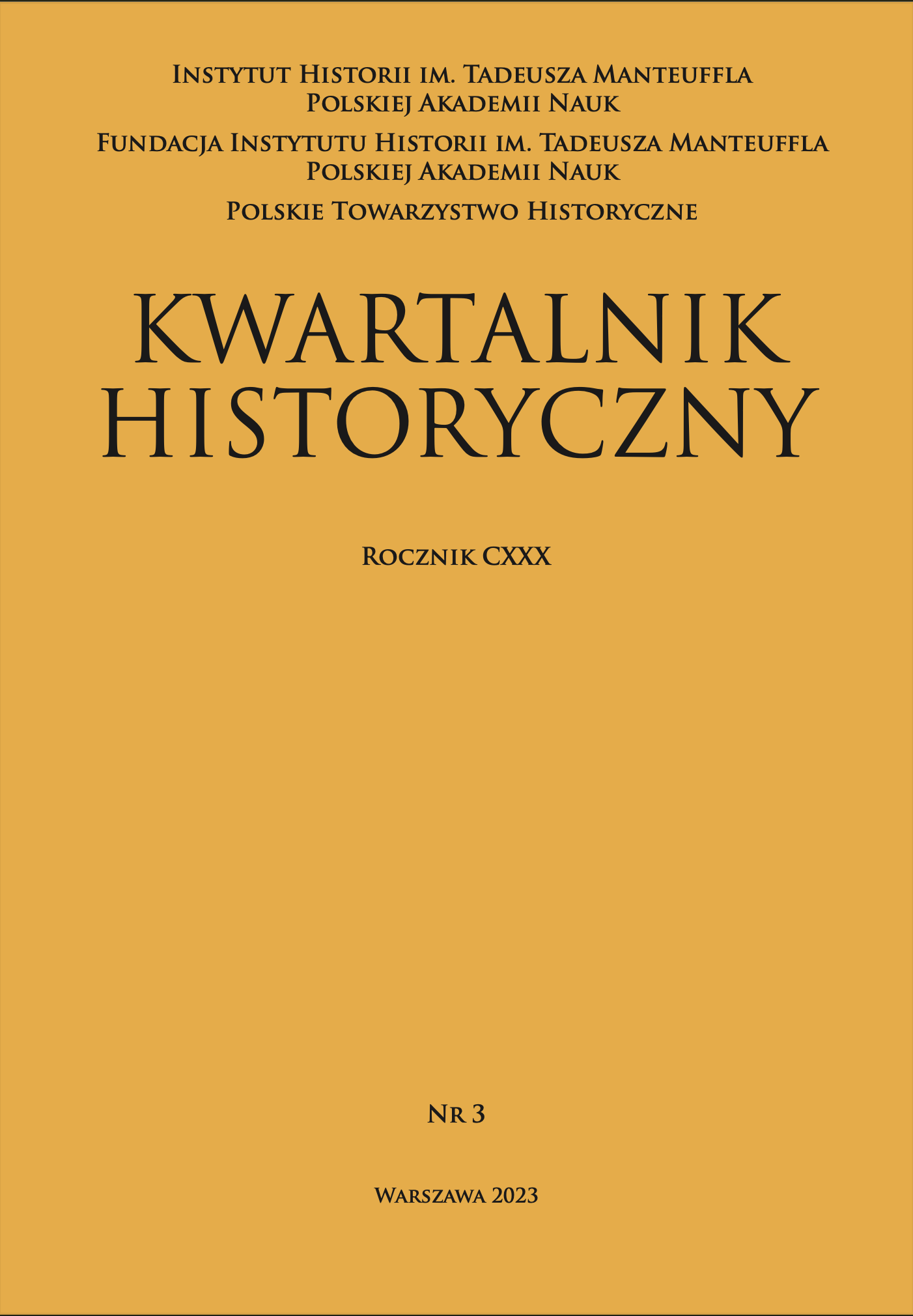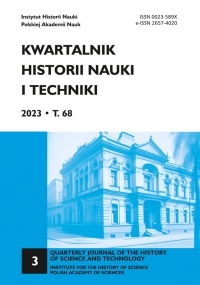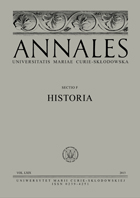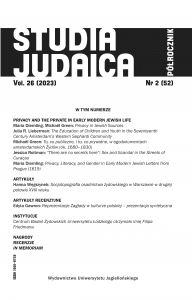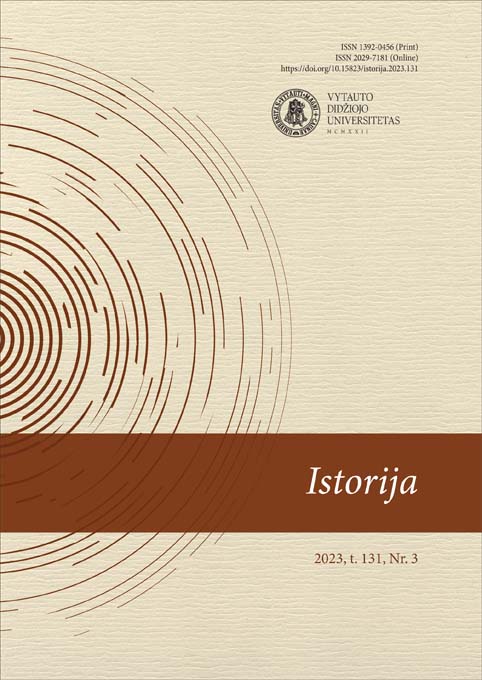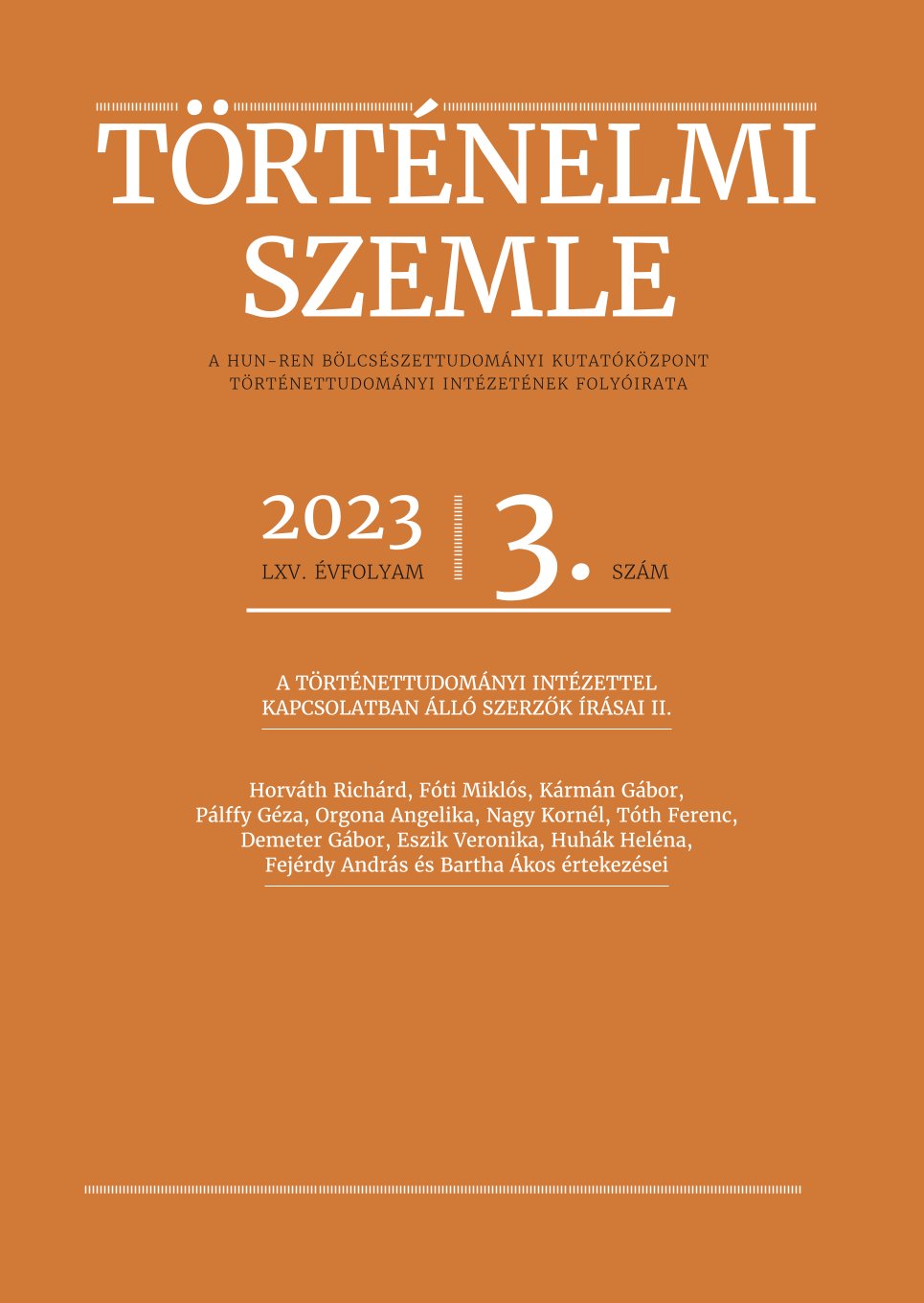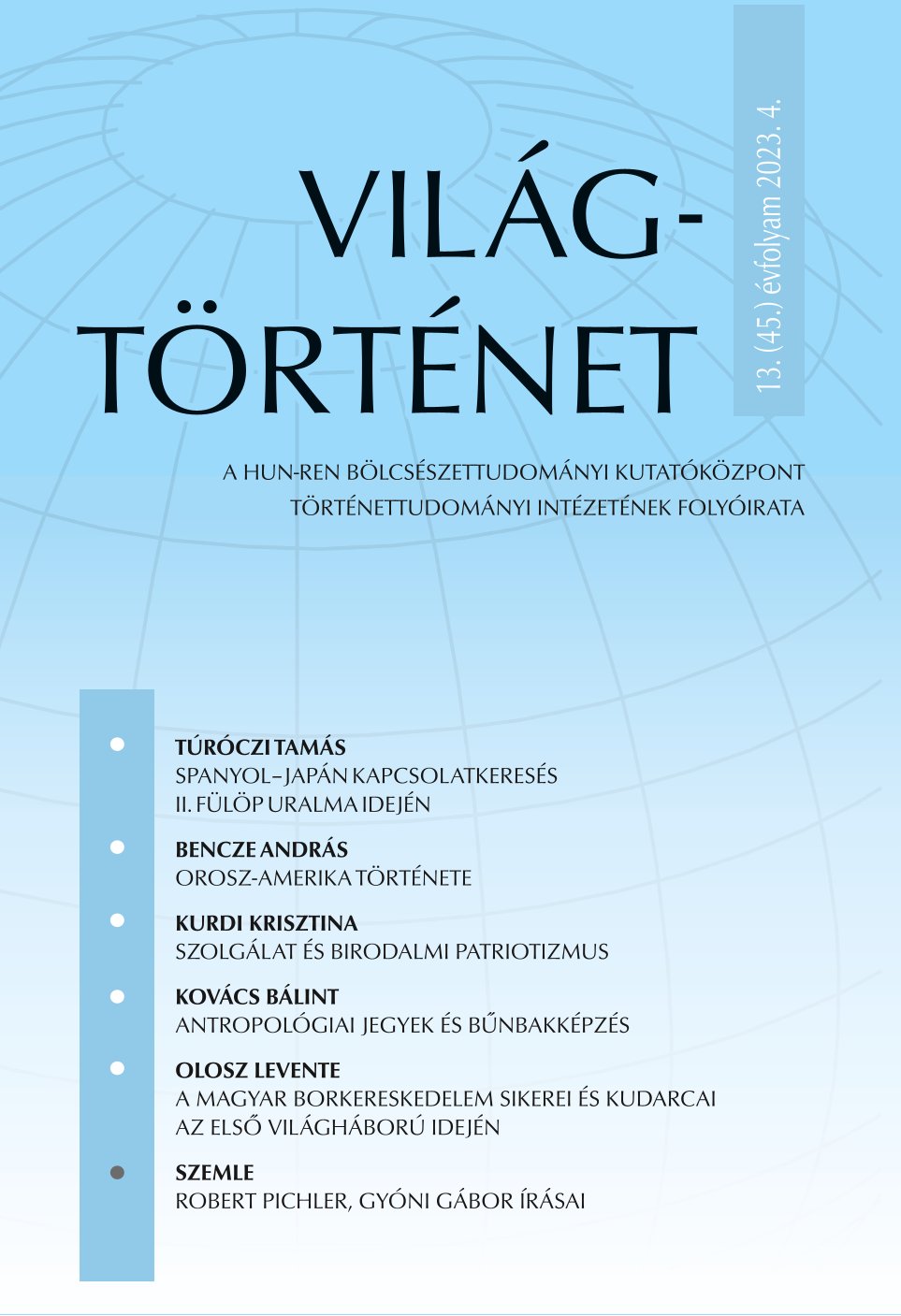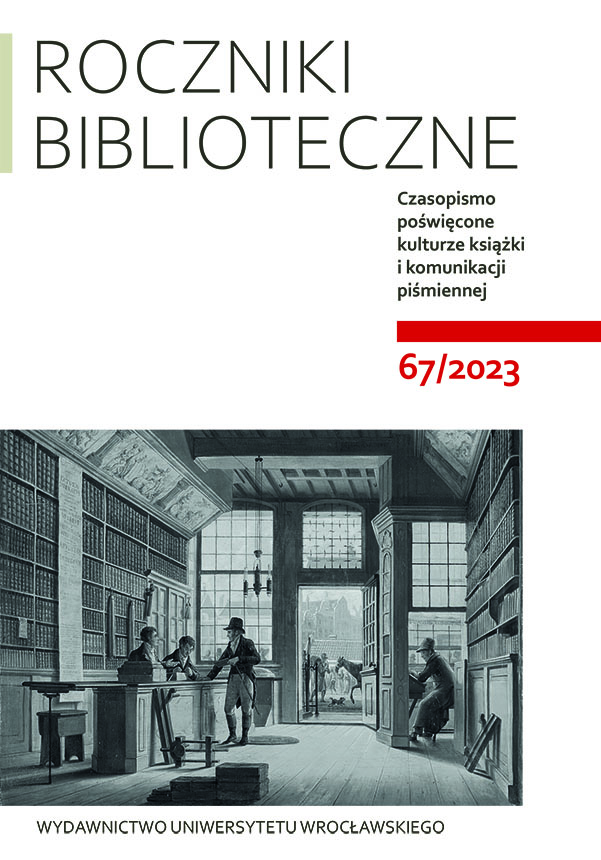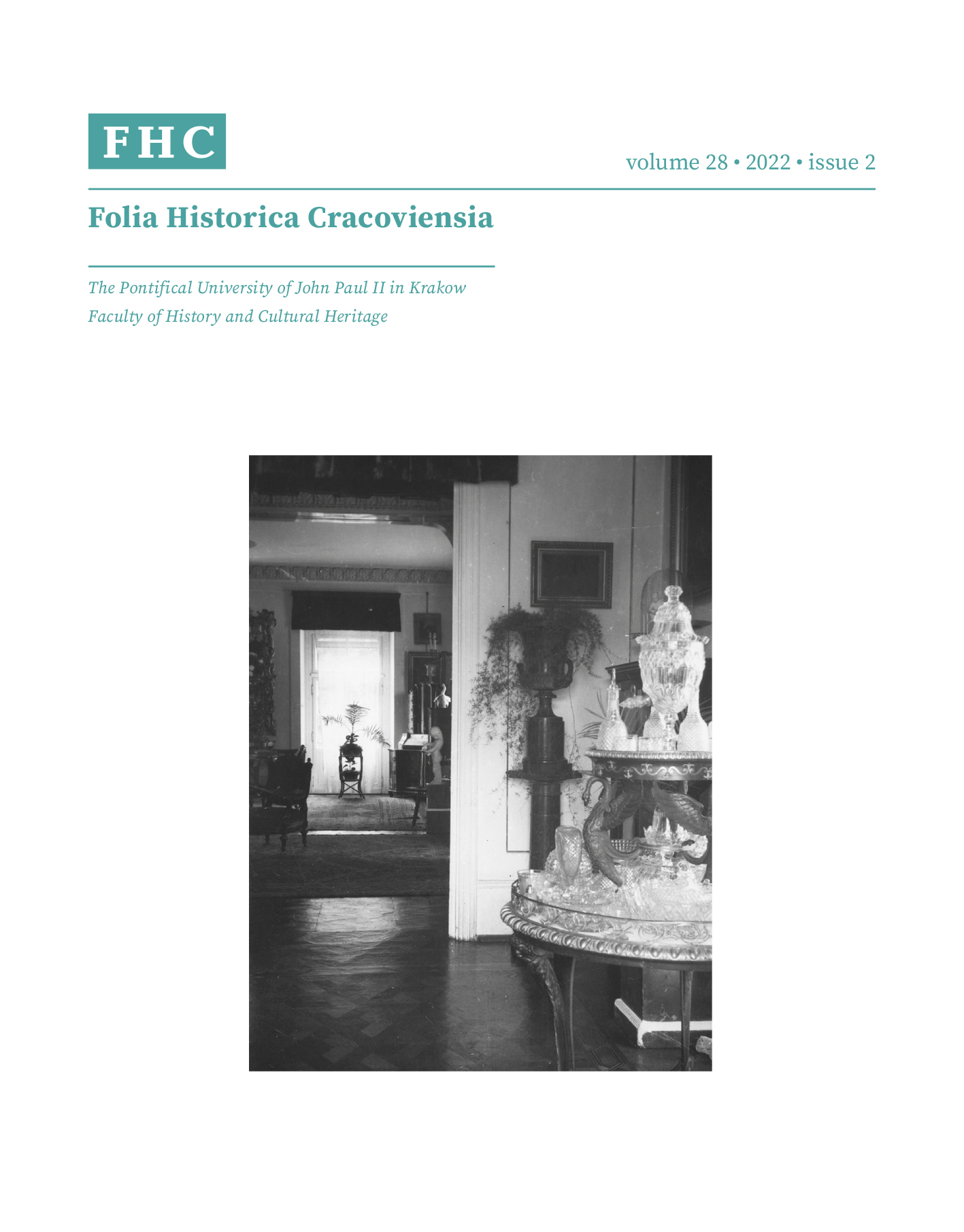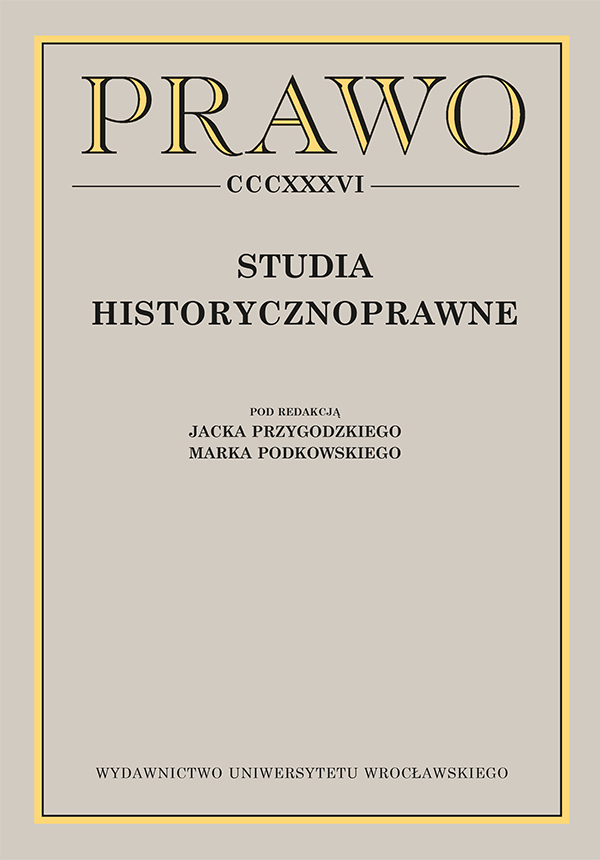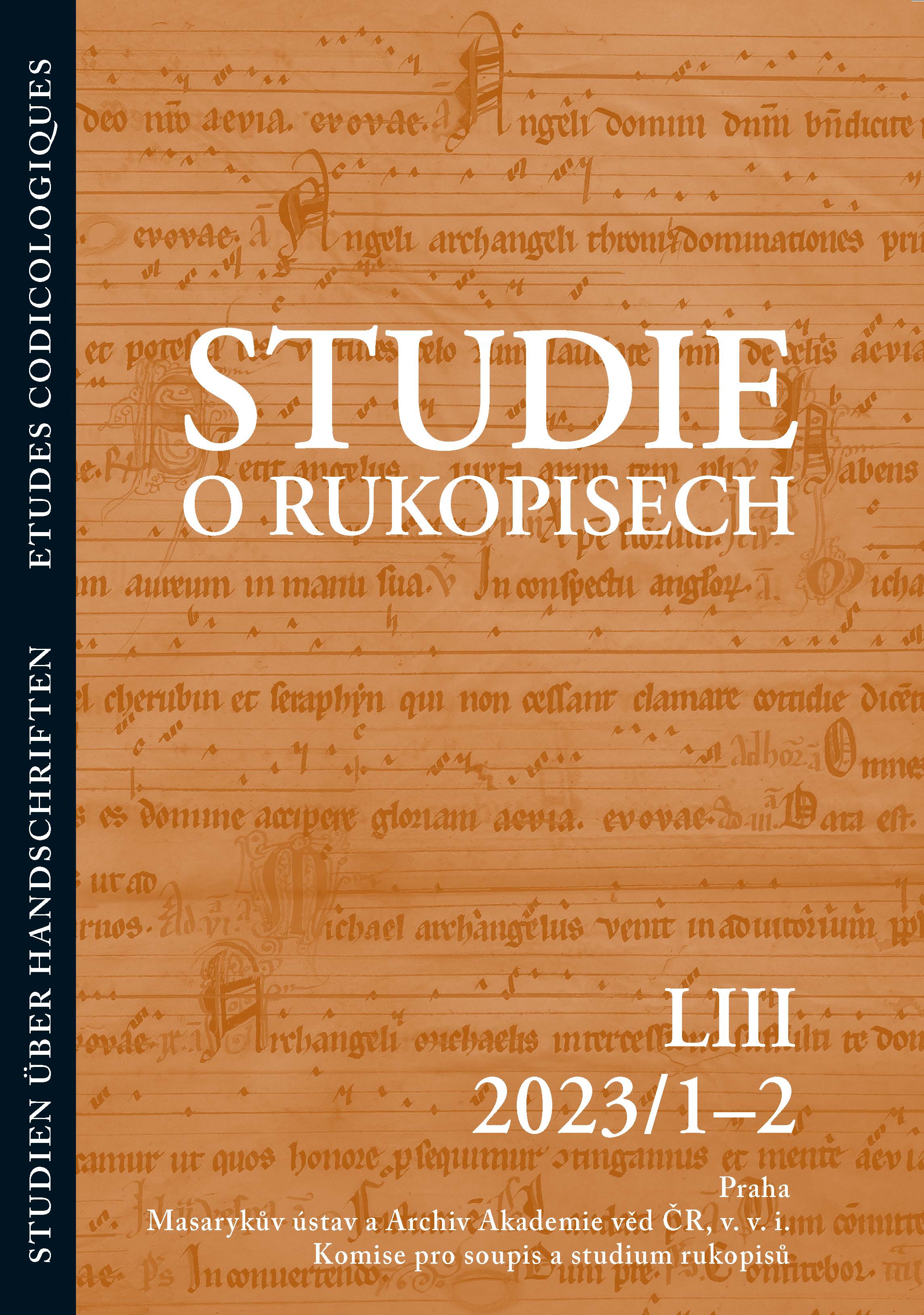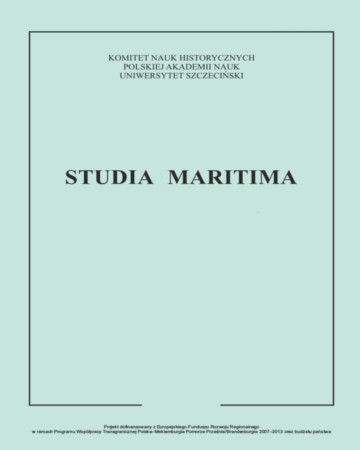
From the History of Sigillography and Heraldry of Private Towns in Western Pomerania. A Case Study of the Seal and Coat of Arms of Łobez
The aim of the present article is to answer the question about the functioning of seal images and coats of arms of private towns in Western Pomerania. Achieving this goal – given the current state of research – is possible only through the use of the case study method, which, owing to the analysis of all available sources, can reveal the intentions of the creators of civic seals, primarily in the early modern period. The seals and coat of arms of one of the Pomeranian private towns – Łobez were selected for the analysis. As a result of the analysis, it has been established that the seal of Łobez manifested the dependence of the town on the owner, but in the 18th century it was used in the propaganda actions related to the struggle for independence from the gentry family von Borcke. The chronological element added at that time proved to be long-lasting still in the times when Łobez became a royal town after 1808. The date was removed from the field of the coat of arms only after 1945, when the German population was replaced by the Polish population.
More...
